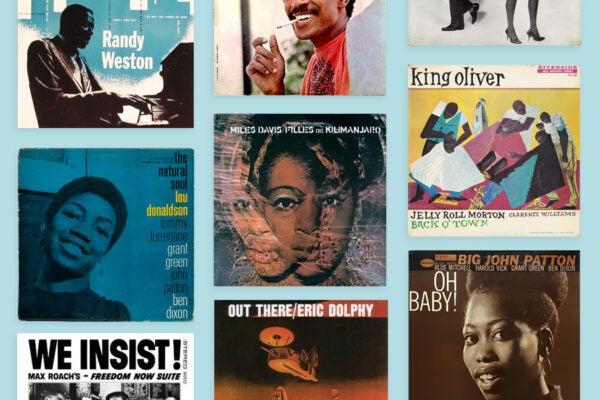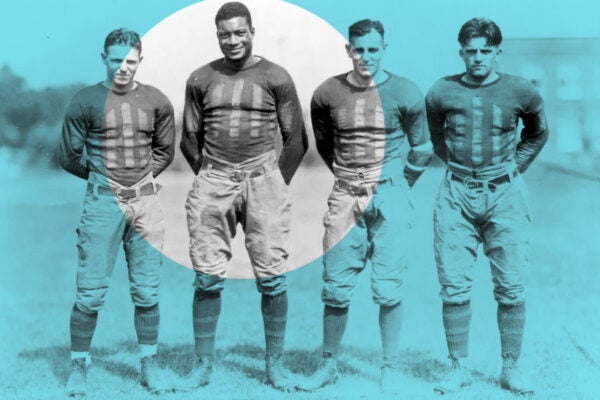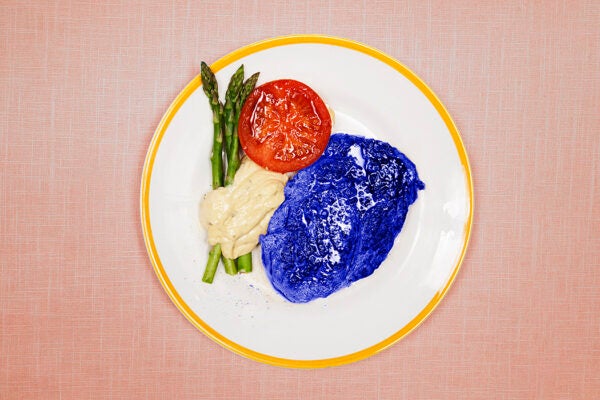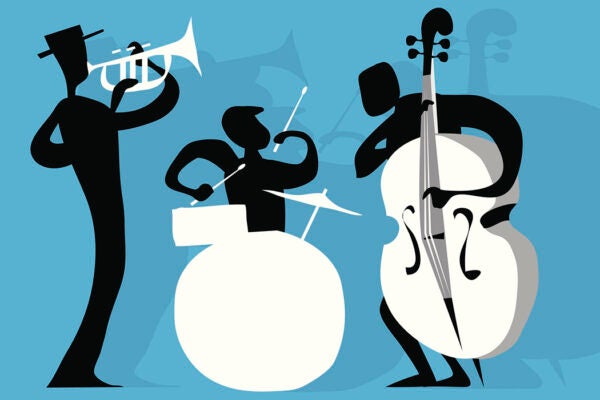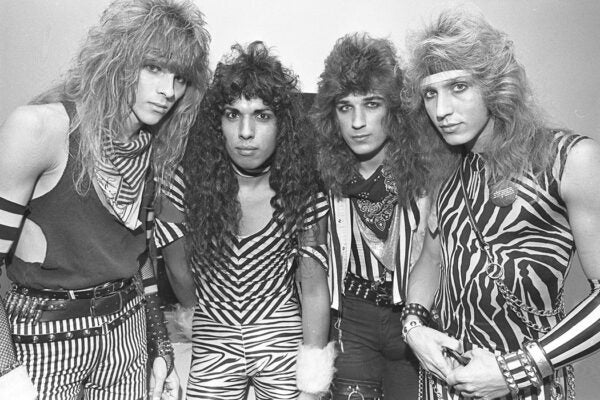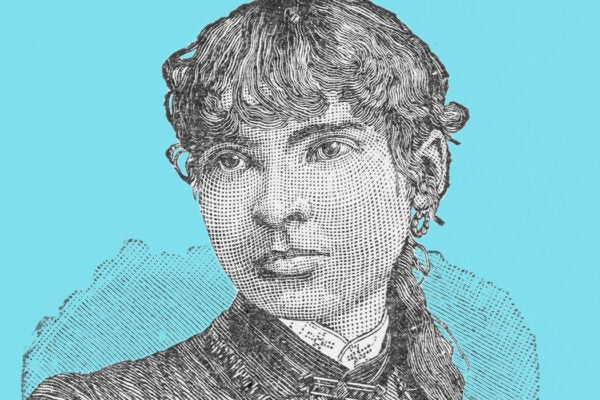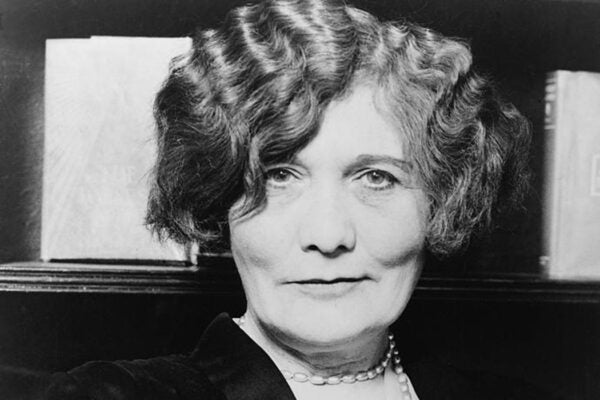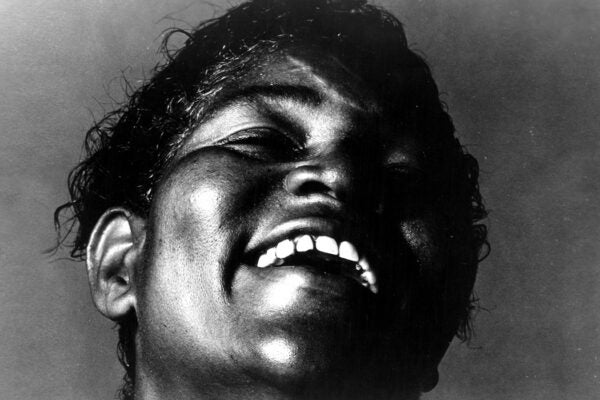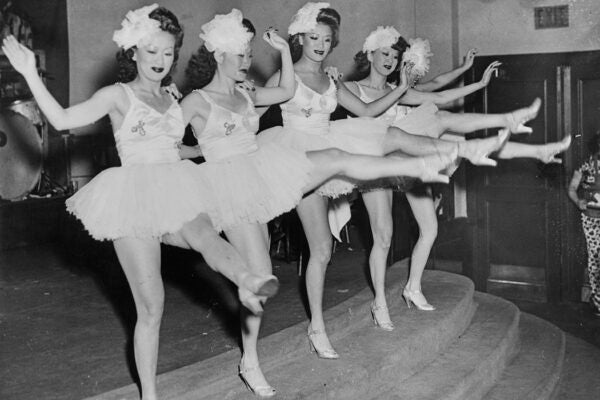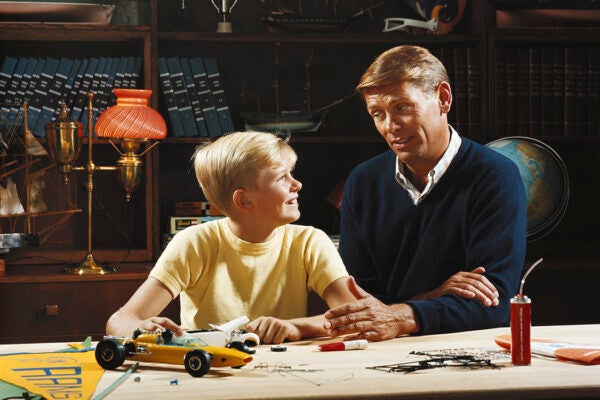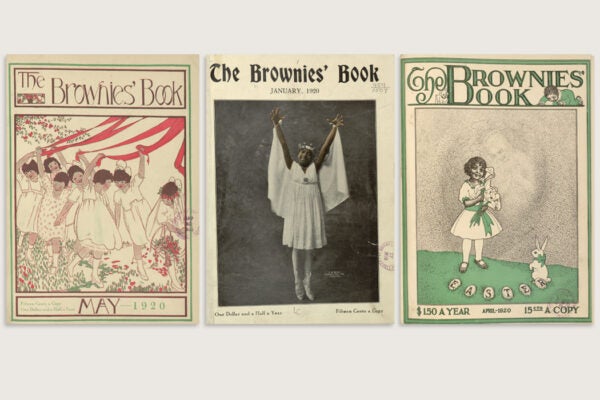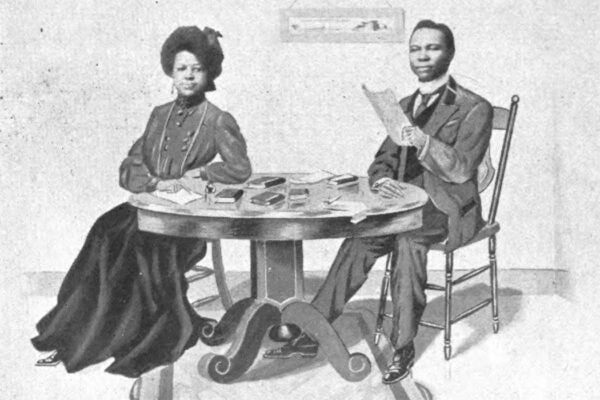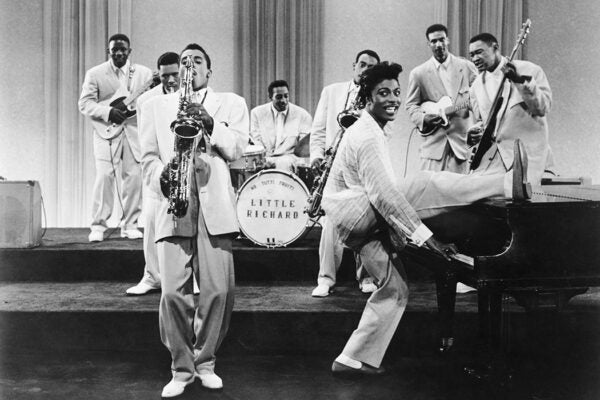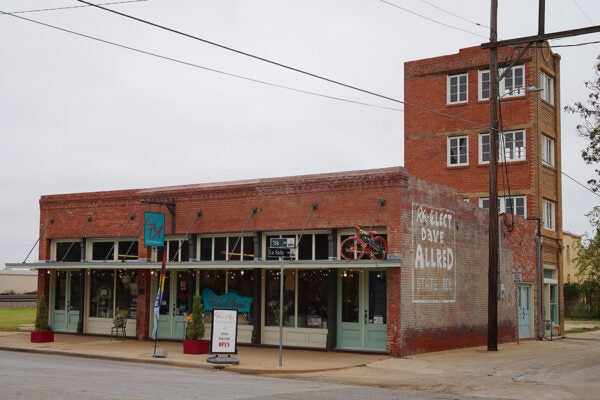The Fight for Native American Voting Rights
Despite the passage of the Indian Citizenship Act in 1924, Native American activists have had to repeatedly take their fight for voting rights to Congress.
How Jazz Albums Visualized a Changing America
In the 1950s, the covers of most jazz records featured abstract designs. By the late 1960s, album aesthetics better reflected the times and the musicians.
The Complex History of American Dating
While going out on a date may seem like a natural thing to do these days, it wasn't always the case.
The Death of Jack Trice
On October 6, 1923, Iowa State tackle Jack Trice lined up for the second half of a college football game. No one’s sure what happened in that third quarter.
How Do You Like Your Steak? Rare, Medium, or Bright Blue?
In 1973, an experiment with dyed food and colorful lights had participants vomiting up their half-finished meals. But did it really happen?
The Barrier-Breaking Ozark Club of Great Falls, Montana
The Black-owned club became a Great Falls hotspot, welcoming all to a music-filled social venue for almost thirty years.
In the Mood for “Fake” Music?
In 2017, it was reported that Spotify was promoting fake artists on its platform. But this type of approach to “content creation” wasn’t new.
Sex (No!), Drugs (No!), and Rock and Roll (Yes!)
In the 1980s and 1990s, Christian heavy metal bands used head-banging music to share the politics and values of evangelical Christians with America’s youth.
Finding Lucretia Howe Newman Coleman
Once a powerful voice in the Black press, Coleman all but disappeared from the literary landscape of the American Midwest after her death in 1948.
Exploring the Yardbird Reader
Initiated under the editorial directorship of Ishmael Reed, Yardbird made room in publishing for marginalized artists from many walks of life.
Fencer, Violinist, Composer: The Life of Joseph Bologne
As a musician of color during the Ancien Régime and French Revolution, Joseph Bologne, Chevalier de Saint-Georges, lived a life unlike those of his peers.
She’s All About That Bass
It’s not your imagination: a disproportionate number of women really do play bass guitar in rock bands.
The Accordion Blues
Though many associate the accordion with polkas and klezmer, the instrument played an important role in Black music after its arrival in the United States.
The Most Dangerous Woman in the World
“Chicago May” was a classic swindler who conned her way around the world in the early twentieth century. She was also a sign of hard times.
Land of the Free, Home of the Bootleggers
When technology made music mobile, the American South changed from one type of bootlegging industry to another: copying and selling records.
Willie Mae Thornton Deserves Your Full Attention
In a meditative new biography, DJ and scholar Lynnée Denise examines the mysteries and trials in the life of the legendary performer.
Americanism, Exoticism, and the “Chop Suey” Circuit
Asian American artists who performed for primarily white audiences in the 1930s and ’40s both challenged and solidified racial boundaries in the United States.
How Hobbies Changed the Home
Basements, sheds, and workshops found their way into American homes because leisure activities pursued by men and boys were often loud and smelly.
The Short Life (and A New Revival) of The Brownies’ Book
A new anthology celebrates the life and impact of one of the earliest American periodicals written for Black children.
Passing Narratives That Pre-Date Black Like Me
In 1905, Robert Gilbert Wells used a fictional character to explore the experience of being a Black man in America.
The High-Flying Life of Mary Riddle
One of the first Native American women aviators, Riddle leaned into stereotypes to earn a name for herself in the male-dominated world of American aviation.
It’s Still Rock and Roll to Me
Rock and R&B have been considered separate genres for decades. But why?
Book Thieves Take the Story and Run with It
Book theft: the books may be rare, but the crime is not.
Boom, Bust, and the “World’s Littlest Skyscraper”
The discovery of oil near Wichita Falls in 1911 not only brought money to the Texas town, it brought a swindler who promised the sky(scraper).


